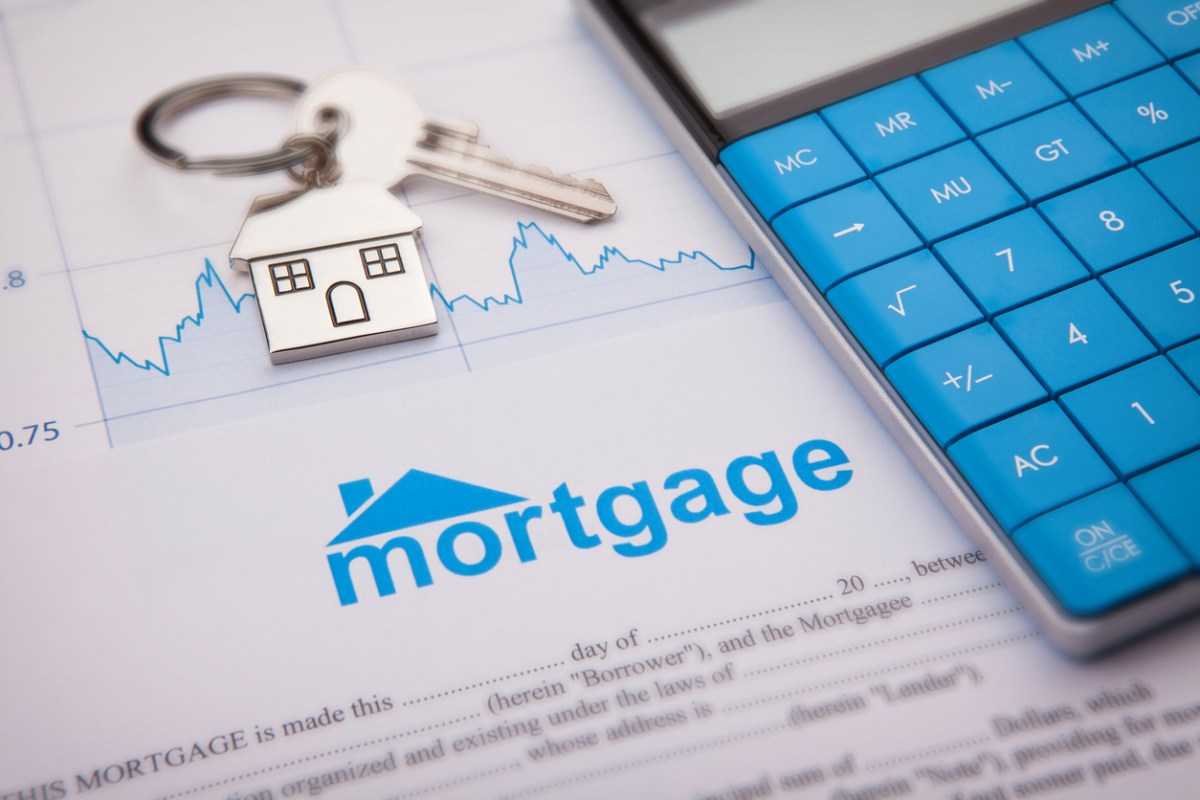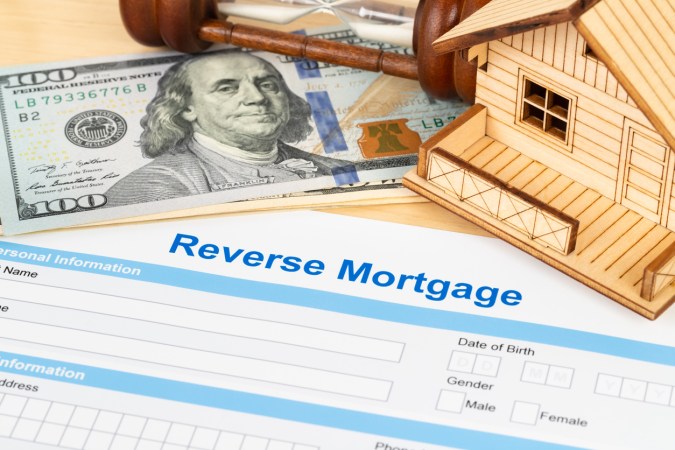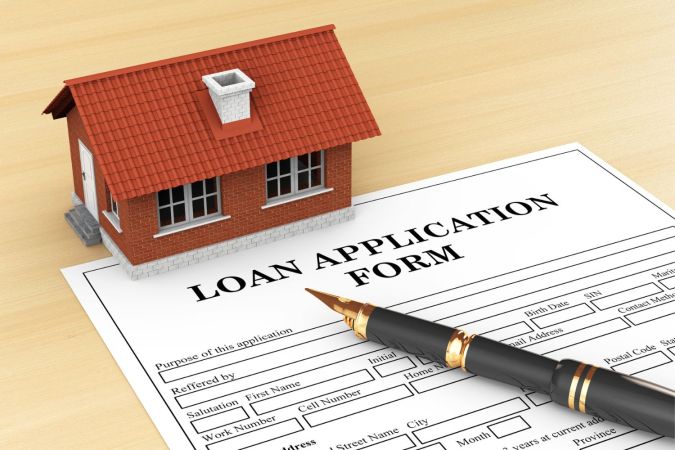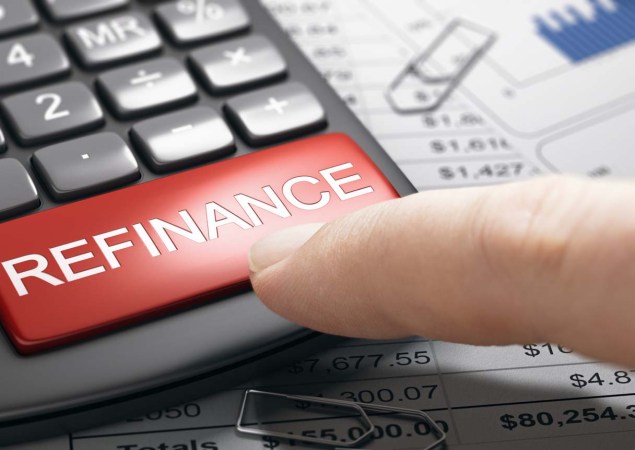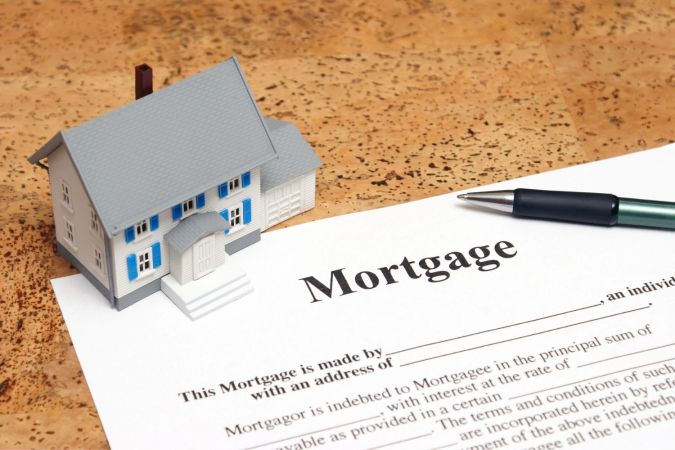We may earn revenue from the products available on this page and participate in affiliate programs. Learn More ›
Q: I’m in the process of purchasing my first home, and the entire process is overwhelming. One of my biggest stressors is finding a mortgage with a rate that will allow me to purchase my ideal home without paying more each month than I’m comfortable with. What is a good mortgage rate, and how can I find the loan that will best fit my needs and my budget?
A: First of all, congratulations! Buying a home is a huge and exciting milestone, but it’s certainly one of the most stressful experiences many people will go through. In addition to finding a home that fits your needs, you also need to find a loan that will pay for the home and suit your budget. During the home-buying process, many buyers wonder, “What is a good mortgage rate?” And the answer isn’t quite as simple as you might hope.
Rather, a good mortgage rate will depend on a variety of factors, including the current market conditions, the borrower’s credit score and income, and the location of the home. What one borrower considers a good mortgage rate may seem too steep for another borrower. And searching for better mortgage rates can lead to extra stress that most home buyers don’t need. However, there are some ways you can identify a good mortgage rate, allowing you to jump on it quickly and lock it in before rates rise.
A good mortgage rate will be different for each borrower and each loan type.
When it comes to mortgage interest rates, the word “good” can be a little misleading. Mortgage rates depend on a number of factors and can vary from one borrower to another. Mortgage rates can also vary between loan types; a good rate for a conventional mortgage may be different from a good rate for a government-backed loan. It’s important for borrowers to research their options in order to determine what they would consider a good interest rate; this way, when they are looking for a loan to purchase a home, they’ll know exactly what they need.
Mortgage rates can fluctuate from day to day, or even within the same day.
Mortgage rates are constantly changing, and mortgage rates today may be vastly different from rates tomorrow or next week. Sometimes they will stay the same for a few days in a row, and at other times they will change several times throughout the same day. Lenders base their mortgage rates on a number of factors, and market volatility can have an effect on how much and how often mortgage rates change. It’s a good idea for borrowers to keep an eye on current mortgage rates, while also keeping in mind that they may change frequently. Borrowers can also search for “mortgage interest rates forecast” or “will mortgage rates go down” to get an idea of how rates are predicted to change over time (though they’ll want to bear in mind that mortgage rate forecasts aren’t guaranteed).

Mortgage rates listed on lender websites are based on a sample borrower and don’t necessarily represent the actual rate a borrower will get.
When researching mortgage options, borrowers may notice interest rates listed on lender websites and assume this is the rate they would get with that specific lender. However, these are prime interest rates that lenders calculate using a sample borrower, typically one with an excellent credit score and a strong financial history, which means the rate will not apply to many borrowers. While checking rates on lender websites is a good way to get an idea of loan options, borrowers will want to select a few lenders from which to get quotes based on their actual credit score and financial situations. This will make it easier for home buyers to get an idea of what their mortgage payments would actually look like with each lender. Borrowers can do an online search for “prime interest rate today” to see what the ideal interest rate might look like for various lenders.
Borrowers with high credit scores and low debt-to-income ratios will likely qualify for a lower mortgage rate.
As with any type of loan, mortgage lenders are more likely to offer a good mortgage rate to borrowers who have high credit scores and low debt-to-income ratios. In general, borrowers with a credit score of 670 or above are considered to have “good” or “excellent” credit, which will likely translate into better mortgage rates. Similarly, borrowers with little debt to their name are seen by lenders as less likely to default on their mortgage payments and will likely be offered a better mortgage rate. Debt-to-income (DTI) ratios are calculated by dividing the borrower’s monthly debt payments by their gross monthly income. If the borrower has a DTI of 43 percent or more, they’re more likely to be seen as risky to lend to, and will likely be offered a higher interest rate than a borrower with a lower DTI. Borrowers with fair credit or high levels of debt can work on improving their finances before they plan to buy a home in order to get the best mortgage rate for them. To do this, they’ll want to make sure they pay their bills on time each month and make at least the minimum payment on their credit cards, as well as working to pay down high-interest debt as quickly as possible.

Lenders base mortgage rates on several factors, including down payment, income, loan term, property location, and whether the rate is fixed or adjustable.
There are several factors lenders consider in addition to credit score and debt-to-income ratio when it comes to determining a borrower’s mortgage rate. These include the borrower’s down payment and monthly income, the loan term and interest rate type, and the location of the property.
When a borrower applies for a mortgage, they must typically provide proof of income. This can include pay stubs or W-2 forms proving their employment and salary, tax forms, or bank statements for self-employed borrowers. The lender will then calculate the borrower’s DTI based on their current debt load. If the borrower’s DTI is more than 43 percent, the lender may offer a much higher interest rate, or even deny the borrower’s mortgage application altogether.
The amount of money the borrower can put down may also factor into their home mortgage rate. A borrower who puts down a substantial amount of money toward the house at closing has more to lose should they default on the mortgage and the lender be forced to foreclose on the home. In the eyes of the lender, a higher down payment makes the borrower more likely to repay the loan on time, which can lead to them being approved for a better mortgage rate.
Another factor in a borrower’s mortgage rate is the length of their mortgage and the type of interest they pay. Mortgages are typically 15 or 30 years in length, though some lenders also offer 20-year loans. In general, the shorter the loan term, the lower the interest rate, because lenders consider shorter loans less risky; it’s hard to predict income in three decades and somewhat easier to predict income in half that time. Additionally, a fixed-rate mortgage will typically have a higher interest rate than an adjustable-rate mortgage, or ARM—at least, initially. ARMs tend to have a lower interest rate for a set period at the beginning of the loan, after which the rate will change on an annual basis depending on the market. That could mean the borrower will end up paying a higher interest rate after the introductory period is over, but some borrowers think the risk is worth it because they can always look into mortgage refinance rates for a fixed-rate loan if their ARM rate goes up. Many borrowers opt for 30-year fixed mortgage rates over other types, but that doesn’t mean it’s the best option for all borrowers.
Finally, the location of the property may also affect the borrower’s mortgage rate. Average rates can vary from state to state and even from city to city. A borrower living in Nevada may pay a higher rate than a borrower living in Michigan, for example, and someone buying a home in New York City may find that rates are much higher than if they were buying in Buffalo, New York.
The Federal Reserve influences mortgage rates but does not set them.
The Federal Reserve, also called the Fed, is the nation’s central bank. It has regulatory power over most U.S. banks and exists to help the country’s financial system remain stable. One of the main times people hear about the Fed is when it raises or lowers interest rates, and borrowers might assume those are the rates they will be offered on a mortgage. But while the Fed influences how lenders set interest rates, it does not set them.
Instead, lenders look to the Fed for guidance on long-term interest rates and use that information to determine what mortgage rates to offer borrowers. Generally, mortgage rates closely follow the central bank’s interest rates, so borrowers can get an idea of the rate they might get on their mortgage by keeping an eye on what the Fed does with long-term interest rates.
Borrowers can decrease their mortgage rate slightly by paying discount points.
While negotiating a mortgage rate isn’t a common occurrence, there are some ways borrowers can lower their rates—and one of them is by paying mortgage discount points. The process may vary from lender to lender, but in general the borrower can lower their mortgage rate by 0.25 percent by paying a lump sum of 1 percent of the total loan amount at closing.
Since buying a house already comes with a lot of expenses, including a down payment and closing costs, paying discount points may not be a realistic option for many home buyers. But for those who have the means, paying discount points up front means less interest paid over the life of the loan, and so it may be worth considering. Borrowers can work with their lender to determine whether or not it makes sense to pay mortgage discount points in exchange for a lower interest rate.
Depending on the borrower’s down payment, they may also need to pay mortgage insurance on their loan.
When taking out a conventional mortgage loan, a borrower must typically pay a lump sum of money as a down payment, and home buyers who put down less than 20 percent are usually required to pay mortgage insurance. What is mortgage insurance? In short, it’s a way for lenders to protect themselves from homeowners potentially defaulting on their mortgage. Borrowers who have a low down payment are seen as riskier, and mortgage insurance is one way lenders can protect their interests and still grant these borrowers a loan to allow them to purchase a home. Borrowers will pay mortgage insurance along with their other housing costs, such as their primary mortgage, homeowners insurance premium, and property taxes.

On average, mortgage insurance costs borrowers up to 1 percent of their home’s loan value every year until they reach 20 percent equity in their home. Borrowers who choose a government-backed Federal Housing Administration (FHA) mortgage will be required to pay a mortgage insurance premium for the life of the loan, or until they refinance into a conventional loan. Borrowers in this situation can research how to refinance a mortgage to see if this is a viable option for them. It’s also important that they research the cost to refinance a mortgage since they may actually lose money if they refinance at the wrong time.
Rather than focusing on the mortgage interest rate, borrowers may want to focus on the annual percentage rate, or APR, which also accounts for the costs of borrowing the money.
Mortgage insurance is a common fee that’s lumped into something called an annual percentage rate, or APR. APR can give borrowers a more realistic estimate of what they will pay each month for their mortgage. While the interest rate is part of that, APR also takes additional fees into account, including mortgage insurance, lender fees, and discount points.
To calculate APR, the lender will take all of these fees and spread them over the life of the loan. This tells borrowers exactly what they would pay if they were to keep their mortgage for the full loan term. However, it’s important to note that many borrowers either pay off their mortgage early or sell their home before the end of the loan term and repay the mortgage with the proceeds of the sale; in either of these cases, the borrower would pay less overall than the APR suggests.
A good way to find the best mortgage rate is to shop around to multiple lenders and compare quotes.
The process of how to get a mortgage can be lengthy, but for good reason. Just like hiring a contractor for a home improvement project, the process of choosing a mortgage lender will need to include careful research and consideration. Home buyers will want to get quotes from several of the best mortgage lenders so they can compare rates and terms and decide which one best suits their needs. It’s recommended that borrowers get quotes on the same day from each lender on their short list to make sure they are comparing apples to apples. Since mortgage rates can fluctuate, getting quotes on different days can lead to different mortgage rates—and that could mean the borrower chooses a lender for its low rate even though the loan terms aren’t exactly what they are looking for.
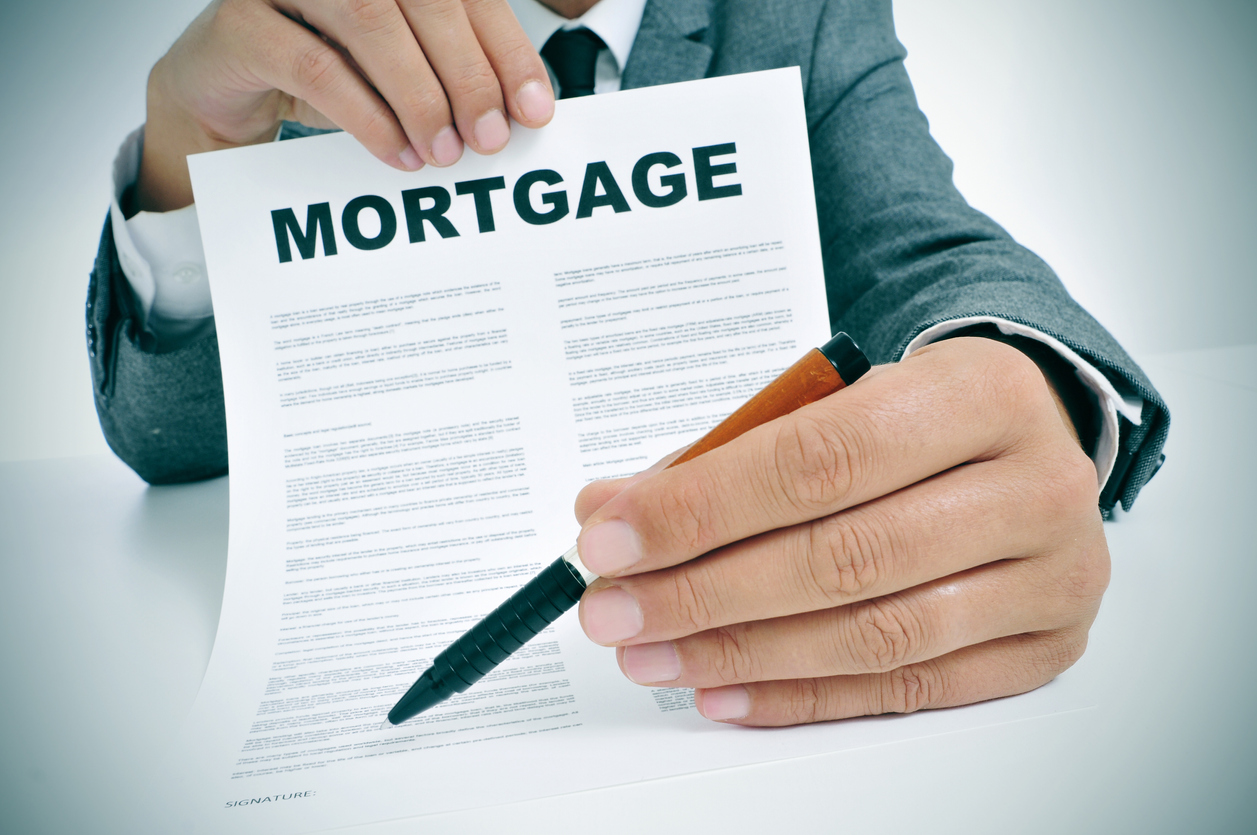
Once the borrower finds a good mortgage rate, they can lock it in with their lender to prevent it from increasing before closing.
The amount of time between applying for a mortgage and closing on a home can be several weeks, or even longer. Since mortgage rates fluctuate regularly, borrowers might worry that the low mortgage rate they were quoted from their lender may go up before they complete the home purchase. However, many lenders will allow the borrower to lock in their mortgage rate so they are guaranteed to receive that same rate at closing.
The downside to locking in an interest rate is that if mortgage rates decrease, the borrower won’t benefit from the lower rate and may have to choose between restarting the loan process or accepting the higher rate. However, some lenders may offer a “float-down” option, which will allow the borrower to get a lower interest rate in the event that market rates decrease. There may be a fee associated with this option, but if the decrease in interest rate is significant it may be worth it.

